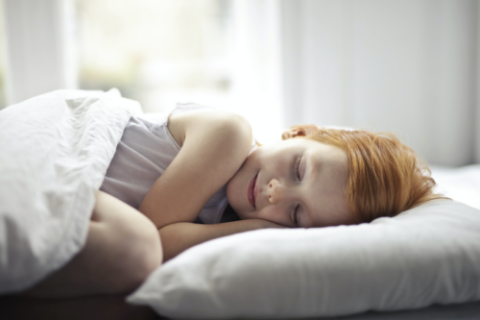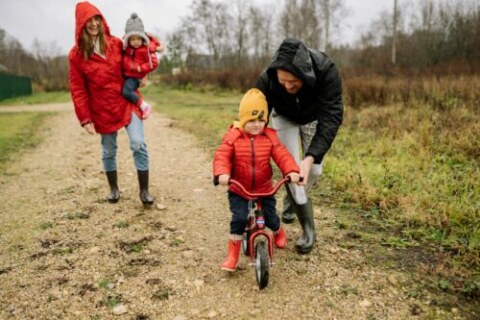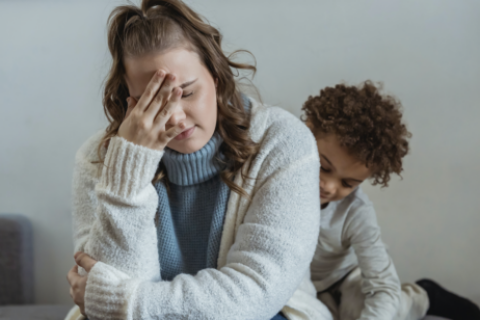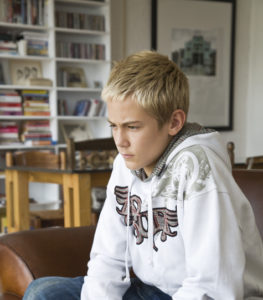
OCD stands for Obsessive Compulsive Disorder. As indicated in its name, OCD is made up of two kinds of symptoms: obsessions and compulsions.
Obsessions are thoughts that get stuck repeating in someone’s head that they try to get rid of. These thoughts are intrusive and persistent, and they cause distress. Obsessions often make the person worry that something bad will happen or make them think something feels wrong. Obsessions can be about any topic, not just the ones people commonly think of such as germs or counting.
Compulsions are repetitive acts that people do to try help themselves feel better. Compulsions can be single actions, complex routines and rituals the person feels the need to do, or even things they do in their head. Checking, counting, saying certain things, and trying to make things perfect are examples of compulsions. Children typically heavily involve their parents in their compulsions, needing their parent to say certain things or do certain things in a very specific way in order to feel okay. People with OCD believe the compulsions are the only way to reduce their distress or to stop their feared outcome from coming true.
Children and teens with OCD experience either obsessions, compulsions, or both. OCD is incredibly impairing for the person experiencing it. OCD can consume a tremendous amount of time and energy (often hours a day), leaving the person depleted of energy or joy for other things in their lives. It can distract from and/or interfere with getting places on time, finishing tasks, learning in the classroom, being mentally or physically present with family and friends, and participating in extracurricular activities. Families are often confused about why their child is consumed by these thoughts, or why their child is so insistent upon completing these actions.

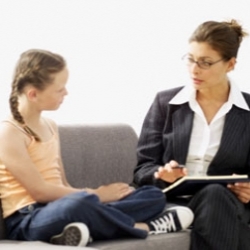
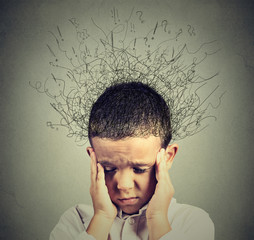 Children affected by PANS/PANDAS develop mental health symptoms literally overnight after being sick. Strep is the most common illness that those who have heard of PANS or PANDAS think of, but there are more illnesses besides strep that can trigger these reactions.
Children affected by PANS/PANDAS develop mental health symptoms literally overnight after being sick. Strep is the most common illness that those who have heard of PANS or PANDAS think of, but there are more illnesses besides strep that can trigger these reactions. 